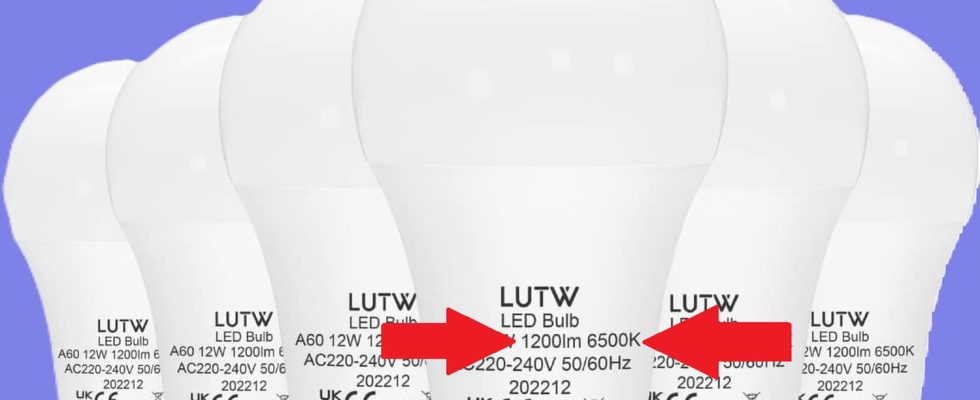Need an LED bulb? Look carefully at these two pieces of information when you choose a model in store or on a site: these are the only ones that count on a daily basis.
In the days of incandescent lamps, it was relatively simple to choose a bulb for installation in a fixture. You just had to take the right base (B22 bayonet, large E27 screw, small E14 screw, GU10 spotlight, etc.) and a power adapted to its use. Data expressed in watts (W): 40 W for a bedside lamp, 60 W for a hallway light or even 100 W for kitchen lighting, for example. And for good reason: it was this value which determined both the electricity consumption and the quantity of light produced.
Everything changed with the appearance of low-consumption lamps, which replaced incandescent and other halogen bulbs, which were very energy-consuming. And more particularly with LEDs, these small light-emitting diodes that are now found everywhere. Of course, LED bulbs are available in multiple shapes (bulb, sphere, flame, etc.) and with the usual standard bases (E27, E14, etc.). But the power indicated in watts on their packaging corresponds only to their electricity consumption.
And to know their illuminating power, we must look at another number, this time expressed in lumens (lm), the unit of light power. This value varies widely (from a few hundred to several thousand) and, above all, it is not proportional to electricity consumption. Thus, a LED of 6 W and 800 lm illuminates better than another of 9 W and 600 lm.
That’s not all ! The other very important daily criterion for a white LED is its color “temperature”. A data which is expressed in degrees Kelvin (K) and which indicates whether the white it produces is “warm” or “cold”. Up to approximately 3000 K, the white light is yellow and warm, like with incandescent bulbs. Above 6000 K, it becomes slightly bluish, giving off a feeling of coldness. And between 4000 and 5000 K, white is neutral. At first very discreet, this important information now appears more clearly on the packaging of LED bulbs, sometimes accompanied by a colored pictogram (from yellow to blue).
By combining these two criteria, you will be able to easily choose LED bulbs according to your tastes and your needs, according to the necessary light power and the desired atmosphere. Note also that this information concerns all types of LED lighting, whether bulbs, spots, ribbons or even already mounted luminaires such as ceiling lights or wall lights.
